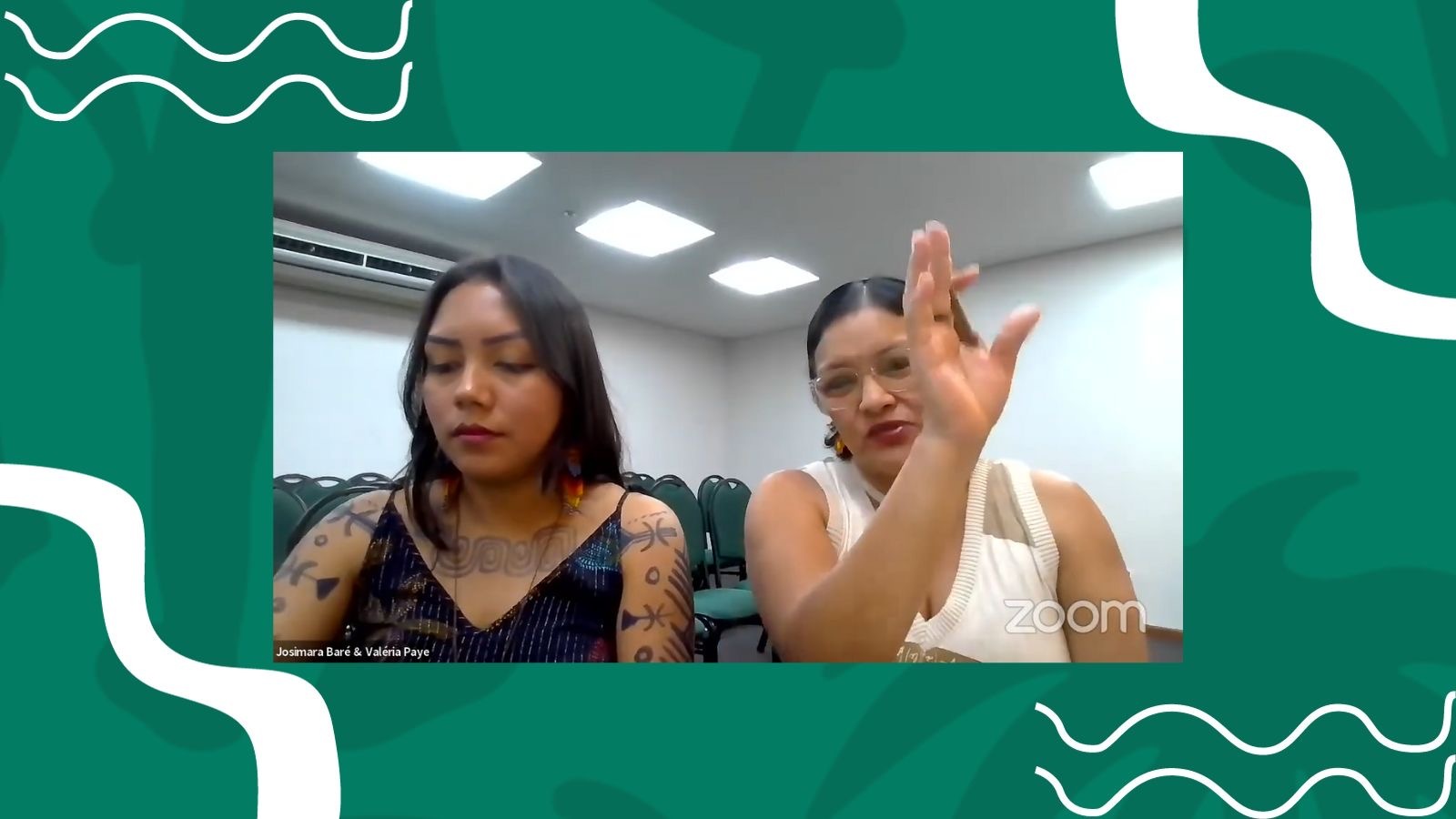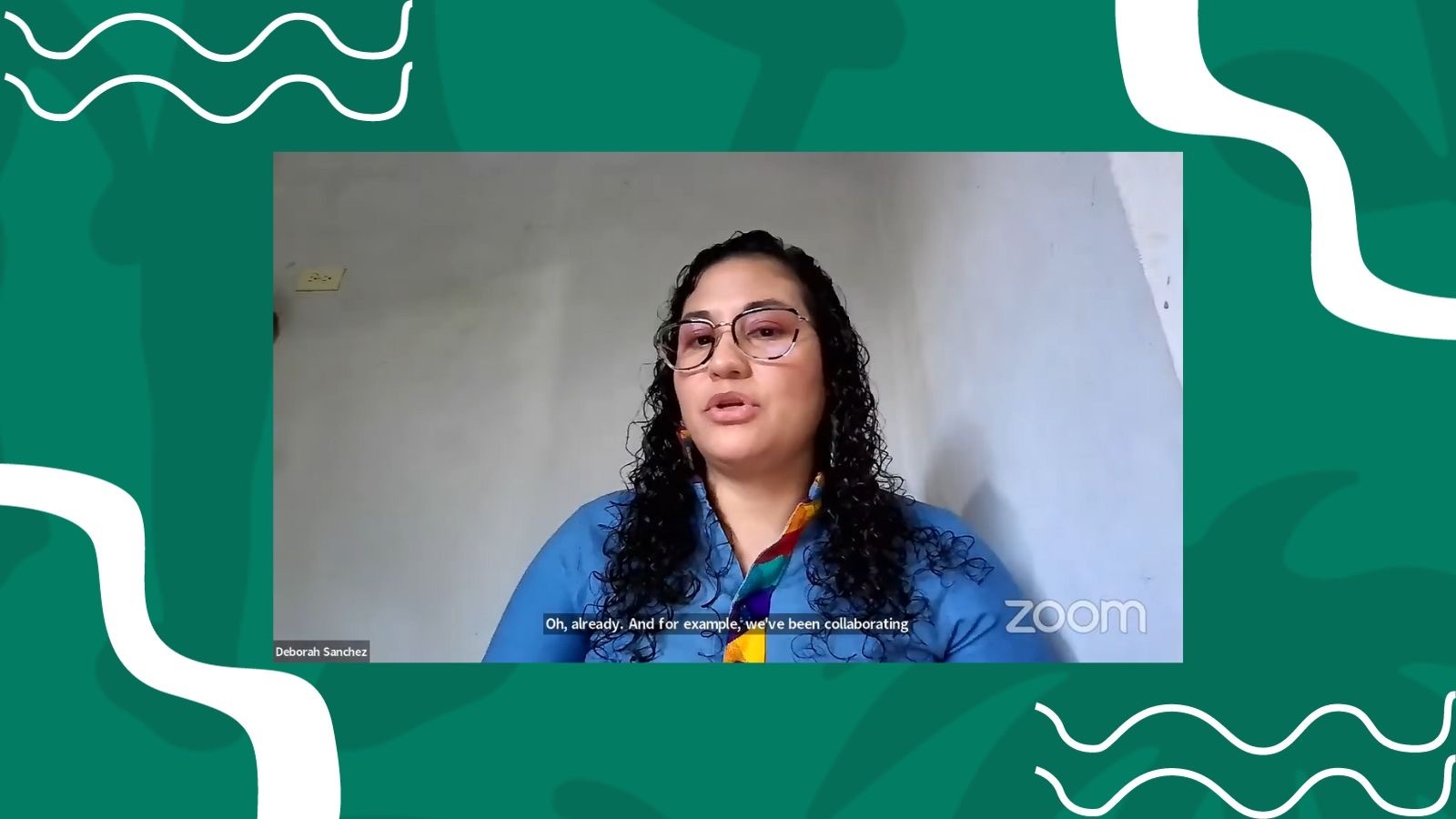2023-11-30
By Jeremy Gaunt
Two years after international donors pledged $1.7 billion to Indigenous Peoples at COP26, a recognition of their crucial role in protecting biodiversity and carbon capture, there has been good progress in preparing the systems needed for the money to be disbursed.
Indigenous and traditional communities have made the case that they — and not top-down donors or NGO intermediaries — know best where the resources should go. They have come together as groups across the world to build the capacities and mechanisms required to accept the cash. They have created specific funds for it. And they have worked hard to build trust between recipients and donors.
But this week’s COP28 in Dubai is likely to show that there is still a long way to go: Indigenous Peoples are being heard, but still not always listened to.
Speakers at a Land Dialogues pre-COP webinar on November 28 underlined this by expressing some optimism that progress was being made, but also lamenting the fact that much of the money pledged is not being directed by the people who are the guardians of the land in question and know where it is best spent.
“All the support must be direct support without intermediaries,” said Josimara Melgueiro, coordinator of the Rio Negro Indigenous Fund (FIRN), which represents 23 indigenous communities in the Rio Negro region of Brazil’s Amazon basin.

Josimara Melgueiro, FIRN, and Valéria Paye, Podaali
But Melgueiro and others also told the webinar – hosted by Tenure Facility, Land Portal, Ford Foundation, and Thomson Reuters Foundation – that it was important for both donors and recipients to communicate to build trust and share in the processes of protecting the land.
“This is an opportunity to disseminate, to have a broader dialogue,” said Valéria Paye, executive director of Podaali, an indigenous-led fund in Brazil and Tenure Facility partner. “We still need to build the process. That seems to me to be a long road of building trust because the funders must trust the instruments that we created, that we manage.”
A 7 percent challenge
The concern that those on the ground are not getting their fair share of decision-making is not without evidence. One year in, at COP27 in Egypt, it was calculated that while some 19 percent of the COP26 pledged money was allocated in 2021 – about right for a five-year programme – only about 7 percent went directly to Indigenous Peoples themselves rather than to NGOs.
There will be an update in the coming fortnight in Dubai, but no one is holding their breath for a major shift.
“When we dig deeper into those numbers, I’m concerned that it’s even less than 7 percent,” said Casey Box, director of global strategy at The Christensen Fund, which provides grants to indigenous-led organisations and funds.
“The challenge still exists on the donor side,” he said. “We need to allow Indigenous Peoples and local communities to define for themselves what they view as direct funding and financing.”
From the donor side, of course, it is not quite as simple as just handing over money, particularly if the donor is a government.
"We’ve seen a level of dialogue and collaboration and discussions between all of those stakeholders in ways that really had not happened before"
Jenny Lopez, a land governance adviser at the UK’s Foreign, Commonwealth and Development Office, noted that meeting reporting requirements alone from direct bilateral funding of multiple recipients at the grassroots level would require massive staff numbers.
“It’s not even always a matter of trust or gatekeeping. Sometimes it’s purely efficiency or effectiveness and value for money,” she said.
Lopez saw the benefit of pooling funding through intermediary groups that have close relations with indigenous groups. And she also noted even with donor restrictions, more indigenous-led organisations are being directly funded than ever before.
“Some of the most exciting emerging models, such as the Tenure Facility, are those where IP and LC led organisations can make their own proposals and make their own choices about how they would like to see the money spent and how they can be supported,” she said.
“It’s not just about the money in itself. It’s about how we work together as donors, (indigenous) organisations, other partners, civil society organisations. We’ve seen a level of dialogue and collaboration and discussions between all of those stakeholders in ways that really had not happened before,” she said.

Deborah Sanchez, CLARIFI
Reimagining
Much of this may well be down to the response of Indigenous Peoples themselves to the funding.
Deborah Sanchez, director of CLARIFI, an international fund created by the Rights and Resources Initiative and the Campaign for Nature, said a major change was being undertaken by indigenous organisations.
“We are reimagining the funding ecosystem,” she said. “We’ve been working hard in developing … funds. And now we have established global-level funds, regional funds, national funds that are working.”
Among those she mentioned were Podaali and Pawanka, which pools funds from foundations and philanthropists; the regional Mesoamerican Territorial Fund; and Indonesia’s Nusantara and AMAN National funds, both of whom are Tenure Facility partners.
All this has led to some guarded optimism heading into COP28 though time will tell if its justified.
Articles